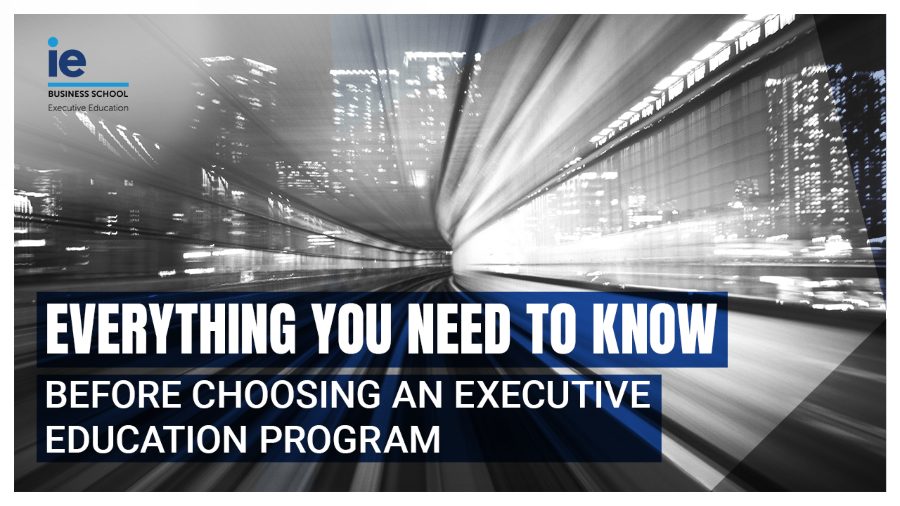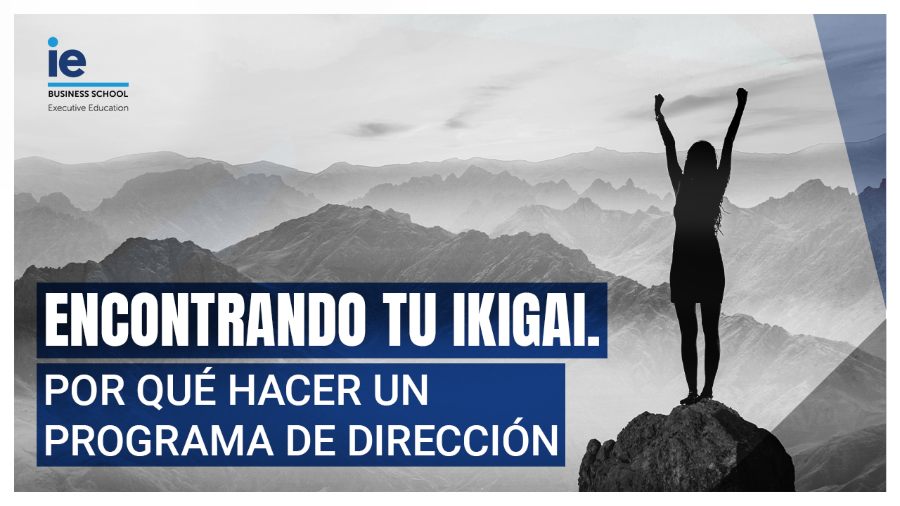Nuggets from Joe

We’ve prefaced that Scaleup: How to successfully manage growth teaches you 20% of what you need to know as an entrepreneur primed for scaling up, while the other 80% each entrepreneur has to find for his or herself. Long after the end of the HiOP, you might find yourself wondering, what words of wisdom should I keep in mind as I pursue my expansion model? Don’t fret; we’ve combed through some of Professor Joe Haslam’s most significant findings and are going to break them down.
Get help
This is Joe’s number one piece of advice for entrepreneurs. Founders must understand that the likelihood of success is low, and unless the venture has something special, then the most probable outcome will be a failure. Haslam notes that “[m]any founders I talk to don’t really know the game that they are in until it’s too late; like a Sherlock Holmes not knowing his adversary is Prof Moriarty.” While Haslam started his first business in the late 1990’s when there was a lot less information available on the internet than now, entrepreneurs now have so much more information online that they should take advantage of it. Despite that, he remarked that he “…still meet[s] founders who don’t believe they have anything to learn from reading the core entrepreneurship texts, taking courses or watching online talks.” This HiOP is the help that you as an entrepreneur can get to help improve your chances of success with the right preparation.
Get your culture right
The final module of the HiOP takes a deep dive into why company culture is essential. There’s a reason why the renowned Harvard professor Peter Drucker stated “culture eats strategy for breakfast,” and as Haslam points out, “…it is the thing you absolutely have got to get right.” Not only are the early hires you make so critical, but you must continue to retain the right talent at every stage of your company’s growth cycle. When good people leave a company, then you can tell, as Haslam mentioned, things are not going well. No wonder why Uber’s employee attrition rate was so high in the midst of its crises during the first half of 2017. As Joe remarked, “[t]heir culture doesn’t scale.”
“I don’t believe in founders, I believe in founding teams.”
Why is that? “If you can’t get at least one other person with you and are not prepared to credit them as a founder, then that’s a red flag. I’m a great believer also that you need to have XX chromosomes as well as XY chromosomes. It still shocks me when I see a founding team of four guys.”
The winning team of founders?
Joe’s ideal team of founders is a three-person group fitting the following archetypes:
a Qual, a Quant and a Sicario (the Mexican Spanish word for a ‘hitman’). The Qual, or Qualitative, is the face of the company who gets out there and meets customers, investors and the press. The Quant, or Quantitative, spends all day on Excel, manages the cash flow and knows at any time whether the company is winning or losing. The Sicario fixes problems (of which you can expect many).
Always try
Not trying: this is what Haslam notes to be the most significant mistake that entrepreneurs make. A “failure is not an option” mindset is key. There is some hope, but it does take away a large portion of would-be entrepreneurs: “Some founders learn this in their first start-up and go on to do better the next time, but others continue to lack the courage to really have a real go.”
Timing is everything
Premature scaling is another one of those significant mistakes; that’s why in the HiOP Joe places such high importance on not adding sales and marketing until after you have worked out the product/market fit. What happens when you do not wait? “Nothing kills a bad product like good marketing. In other words, if you have a terrible product and you set people up for huge expectations and then you don’t deliver, they generally don’t give you a second chance.”
Product/market fit is everything
Not only is premature scaling the outcome when you add the sales and marketing mechanism without working out the details of product/market fit, but product/market fit also plays a prominent role all throughout the scaling process. According to Joe, “[a]s you scale, you have to keep the product/market fit, always.”
You need operations
While in the startup stage, there’s a focus on demand, when it comes to operations, one has to get thinking about the supply-side. As for an example of how to think about operations, “ [t]he classic engineering way of thinking about problems is the magic triangle of good, quick and cheap. I can give you any two, but I can’t give you all three. The modern operations thinking is much more that I can give you all three, and Amazon is a huge example of that.” In the case of Uber, they don’t have a COO, “which is another raging red flag.”
There’s more than one type of scaling
To make the distinction between two primary types of scaling, we can frame it based on the areas they are the most prominent: Silicon Valley and China. The Silicon Valley scaling, consisting of a hyper-focus on growth and taking in venture capital is blitzscaling. Haslam summarizes blitzscaling like this: “load up on VC, as long as we have the engagement, go public as quickly as you can and then incentivize your employees with share options…”
By contrast, in China, scaling works differently. For that, we look to the term hyperscaling. Haslam summarizes it in this way: “[t]he way the Chinese people are organized, a lot of people are living away from their villages and they can get hooked on something really, really quickly. Xiaomi would be an example of a Hyperscaling company.”
As for everyone else? Everybody else outside China and Silicon Valley “(moves) slowly and profitably rather than a dash for growth. Profit is still attached to a lot of the rest of the world.”
Need more nuggets?
We highly recommend you take a listen to this Podcast from Intercom where Joe sits down with its Director of Content, John Adams:
You can also read more from Joe in this interview with Silicon Republic.
For even more wisdom from Joe Haslam
Get started on your journey in the Scaleup: How to successfully manage growth HiOP program and download your copy of our informational brochure here. If you’re set on joining our next edition, go ahead and get started on your application.



